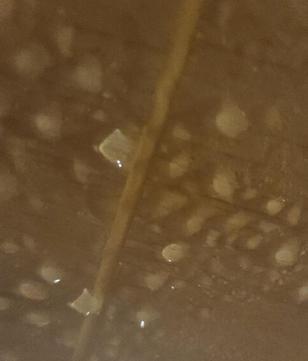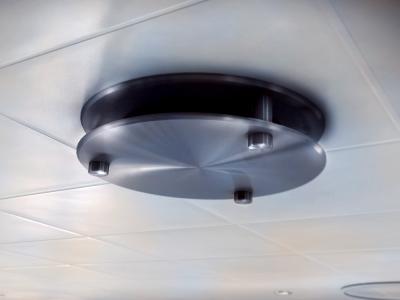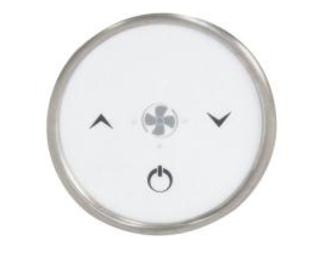Know before buying a steam generator
Know before buying a steam generator
Know before buying a steam generator
DiscountSteamGenerators.com
We're open now
1-800-336-9285
Ask for Sharon
We're open now
1-800-336-9285
Ask for Alex
DiscountSteamGenerators.com
We're open now
1-800-336-9285
Ask for Sharon
We're open now
1-800-336-9285
Ask for Alex
Slanted Ceilings - Steam rooms
NOTE: If you have a generator that puts out 2.5 gallons of water when you needed a dry steam that puts out 1.5 gallons, be prepared to still have drippiness from the ceiling even if the ceiling is sloped. Slanting your ceiling may or may not be needed depending on the type of steam room you have and the type of steam generator you have.
If you have a lower ceiling (7 foot) and you have natural stone or ceramic, you would most likely need to slant your ceiling if your steam generator is a low psi type and puts out too much condensate. The very wet steam is not recommended if you are not slanting your ceilings. Even at 7 foot ceilings you may still experience drippiness if the steam is too wet. I like to use a marine grade fan suction cupped to the wall so it blows the steam down so the top thermocline air is not replaced by heavy steam that sticks to the ceiling once the temperature is hot and it is already at 100% humidity.
Warning: if you don't slant your ceilings and you have a porous wall material, the ceiling can hold the droplets of water for hours. I urge people to squeegee their ceiling after the steam room has cooled down to dry the ceiling. Many steam rooms have a bad smell from bacteria growing on the ceiling. This can be avoided if the ceiling is dried each time.
If you are not going to slope your ceiling, I recommend getting a steam generator that has 20 psi or atmospheric. With atmospheric generators, very minimal water is used to steam up the room so there is about a gallon of water saved that doesn't make extra condensate.
With atmospheric generator and a sloped ceiling, there is such little condensate that most people don't need to squeegee the ceiling each time. it is the really big droplets that stay on the ceiling for days. The smalls stuff should evaporate by having the steam room door open a few hours. Some people put an exhaust fan in their steam room and that helps too.
Note: I don't need to squeegee my ceiling every time I use the steam room. Maybe once a week. I just don't want mold to build up. But, if your ceiling looks like it has big droplets (in the picture above), then you might want to do it every day. Having a steam generator that produces low condensate that should help eliminate the big droplets. The generators that put out too much steam at once and a steam trap forms at the ceiling is when water starts clumping together. When the steam generator keeps making steam once the steam is way past 100% humidity it is a fast burn steam. A slow and continuous steam that lets out less grams of steam at a time helps avoid drippings from the ceiling since it doesn't collect there as if the steam generator dumped the entire load at once in a short period.
Let me know on my sizing quiz if you are going to slant your ceilings or need help setting up your room for minimal drippiness (fans, atmospheric or pressurized steam, exhaust fans, and other ways to keep your steam room mold free and less drippy.
This is the water droplets stuck to the tile.
This is a ventilation fan. I recommend this for steam rooms that have high condensate. If your steam generator is not a low psi that spits out an extra gallon or more of water in each 30 minute session you probably won't need a ventilation fan. With atmospheric generators I see no need to use one of these. Also, for those who oversize their steam generator and have a hard time controlling the temperature, this can take some of the excess steam out if needed.










